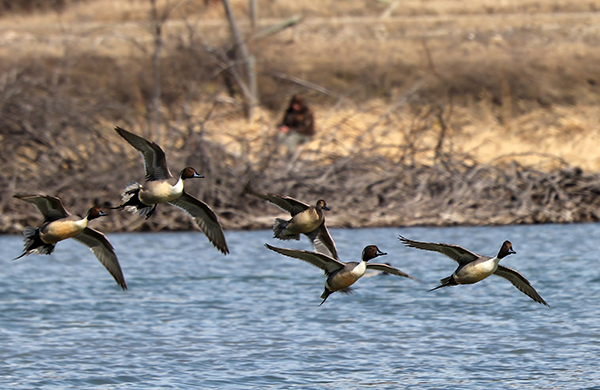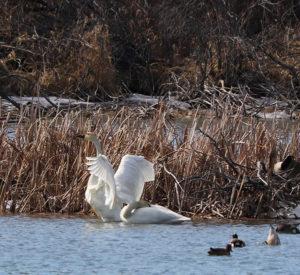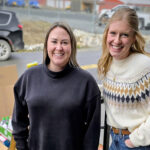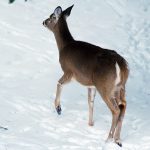Home »

No quarantine for spring
Op-Ed Commentary
In times of uncertainty, trepidation and outright fear, we look to the reliable things around us as anchors on which we can find strength and purchase footing on solid ground. Much like the snow that is melting around us, all that once was taken for granted and assumed “normal” seems to be ebbing away in rivulets of anxiety as we sit and wait. And wait.
For many of us, this time of uncertainty coming at the onset of spring is a welcome consolation. The cold of winter is broken and life returns to the world around us. Sometimes it’s one step forward, two steps back as snow squalls pass through and frost slows the melt. But most assuredly there is no quarantine for spring.
Having just past the equinox, days are now lengthening as quickly as they can. We’re gaining over 3.5 minutes of daylight every day, a pace that will slow to under three minutes a day by early May. While it seems humanity sits in isolation waiting for any sign of good news, the world around us continues as it has every year.
 Birds are arriving almost daily. Swans and ducks at Wasa sloughs, bluebirds and meadowlarks in the grasslands, Varied Thrushes and sparrows in our forests. The main boatload of spring migration is yet to come, but we can all rest assured that come they will – hummingbirds, warblers, shorebirds, vireos and more.
Birds are arriving almost daily. Swans and ducks at Wasa sloughs, bluebirds and meadowlarks in the grasslands, Varied Thrushes and sparrows in our forests. The main boatload of spring migration is yet to come, but we can all rest assured that come they will – hummingbirds, warblers, shorebirds, vireos and more.
Trees will start budding, be it the catkins of pussy willows or sudden explosion of larch needles. Spring is relentless. Sometimes a little slower than we might like day-to-day, but come it will. Already the red-osier dogwood shrubs found along streams and wet areas is a more brilliant scarlet, sign that their leaves are not far off.
That solace and respite can be found in nature is far from a novel idea. For centuries to millennia humans have turned to the natural world for inspiration and comfort.
For many, including most indigenous cultures, being part of the natural world is of critical importance to a sense of place and well-being. There cannot be separation for removal from one means removal of the spirit of who a person is. Being immersed in the natural world is an essential part of who you are.
But the majority of western culture, to which for better or worse most of us belong, has been built on separating ourselves from that natural world. Wilderness was long seen as a fearsome, dark and gloomy place. Only since the late 1800s has a truly different vision of the natural world and humans’ place in it taken root and grown.
Part of this comes from the remarkable life of Alexander von Humboldt. Educated as mechanistic “natural philosopher” in late 1700s Prussia (the word “scientist” was not coined until the early 19th century), Humboldt was the first European to reject that upbringing and look at the world around him in a wholly different way. Instead, Humboldt saw the natural world as an endless series of interconnections of biological and physical realms. More importantly, he revelled in the glorious displays of beauty to be found everywhere he went. In his own words, “poetry was necessary to comprehend the mysteries of the natural world.”
This was a radical new way of looking at the world and it inspired the work and writings of generations to follow, both scientists and artists. Charles Darwin, Henry David Thoreau, geologist Charles Lyle, John Muir all sought to be like Humboldt. Even Simon Bolívar, the liberator of large chunk of South America was deeply inspired by him.
So in days and weeks like we find ourselves now, when everything seems broken and we brood in isolation, stop and look outside. Listen for bird song. Watch for a leaf or bloom. If you’re walking the same route each day take note of small increments of change. It’s happening just as it always has.
There is no quarantine for spring.
Photos courtesy Ian Adams
Ian Adams is a wildlife biologist living near Cranbrook. He has worked on a wide variety of ecological and wildlife management issues in the East Kootenay for over 20 years.








